Our community is fortunate to have so many brilliant, insightful entrepreneurs and creatives and so many of them have front row, ground level seats that allow them to see emerging trends before the so-called experts, industry leaders, etc. We wanted to create a space to connect members of our community where they could share these insights on trends and opportunities they are seeing.
Brian DeRosa
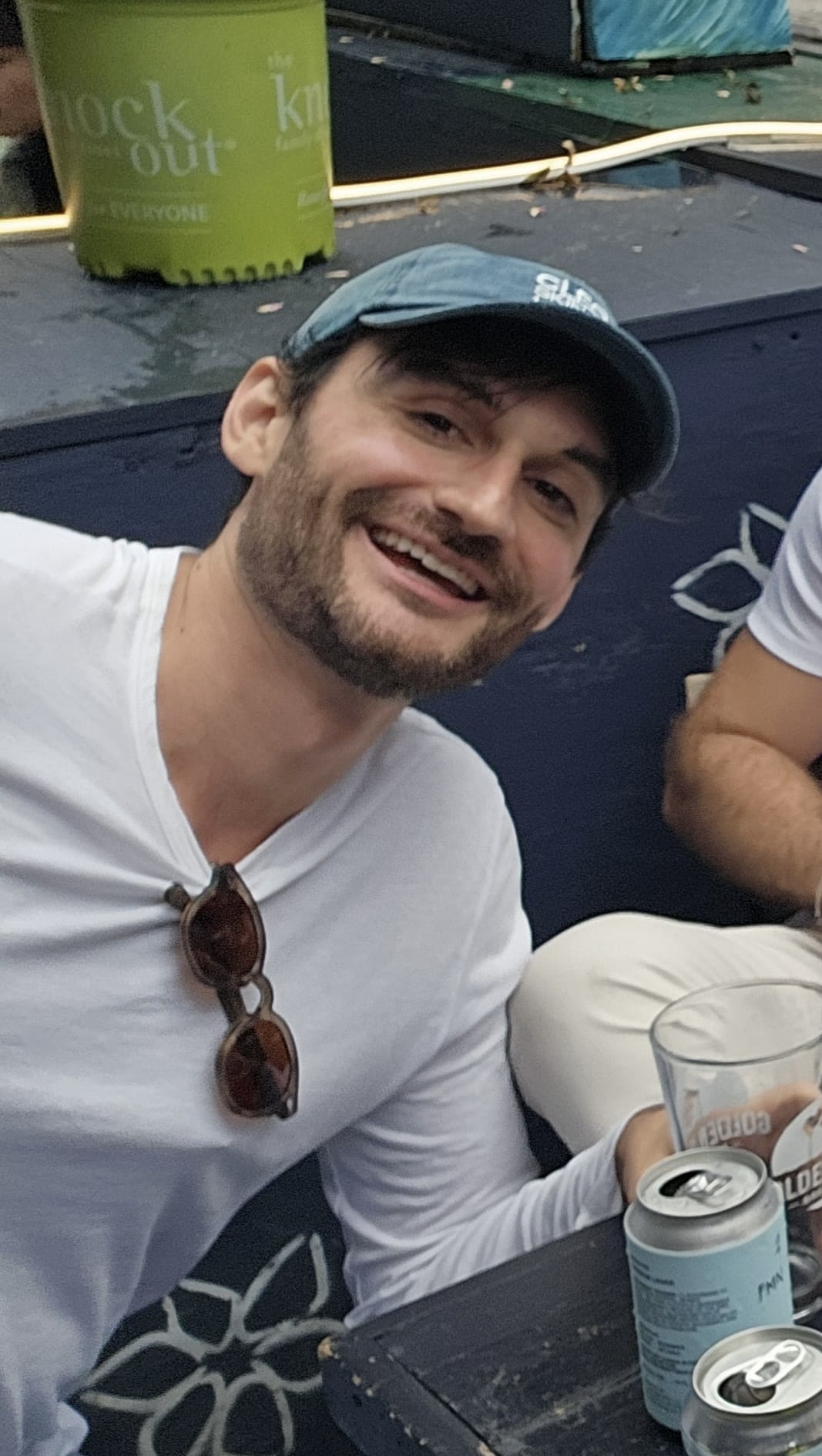
One of the most exciting trends in consumer broadly is the evolution of health & wellness to much more evidence based & science backed modalities. Today’s consumer is unbelievably sophisticated and is changing behaviors rapidly, informed with data & deep research as wellness has become pop-culture. Great examples of this are the rise of Athletic Brew being the no.1 beer in Whole Foods as consumer wake-up to the detrimental effects of alcohol on sleep and the massive rise in discourse surrounding MAHA with particular focus on processed foods & seed oils. Yesterday’s consumer was far more passive v.s. the pro-active one we see today. These themes led to building CLEO, as we expect consumer habits to evolve rapidly in the beauty space over the next couple of decades. Read more>>
Alina Delfino
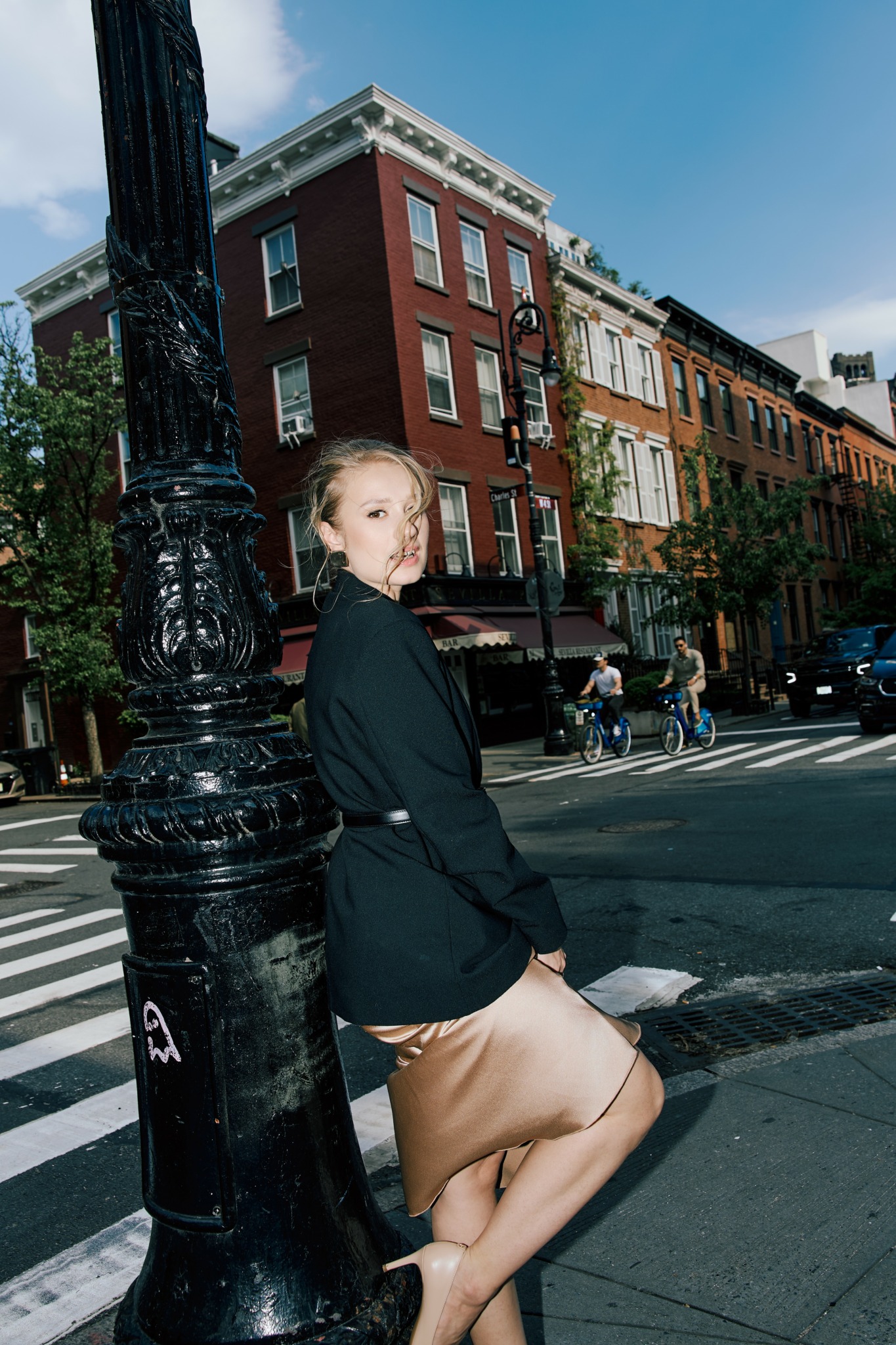
Honestly, it’s the shift away from perfection. With all the AI-generated wedding content floating around — the perfect poses, flawless skin, dream-like lighting — a lot of it starts to feel kind of… empty. It looks great, but there’s no emotion behind it. And I think couples are really craving the opposite these days: photos that feel real, a little messy, and full of soul. Read more>>
Stephanie Franklin
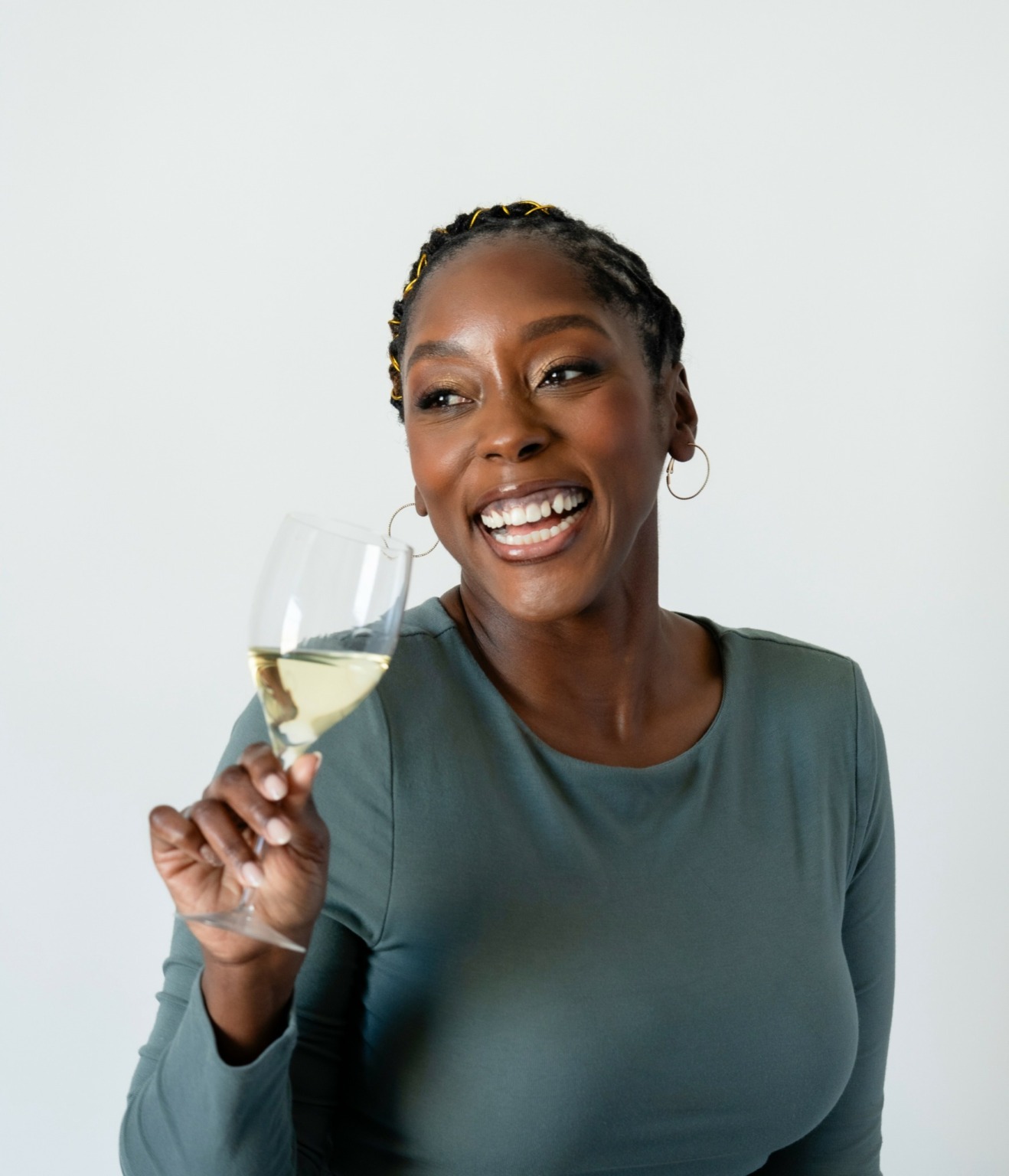
One of the biggest trends we’re seeing in the wine industry is the shift toward reduced alcohol consumption, especially among Gen Z and some Millennials. More people are seeking non-alcoholic options that still offer the experience and flavor of wine without the effects of alcohol. At a recent Fly Wines pop-up in the Bay Area, several guests asked if we offered non-alcoholic wines. They wanted to enjoy the atmosphere and taste without sacrificing their wellness goals or early morning plans. That moment confirmed the growing demand for better alternatives. Read more>>
Xiaoyu Li
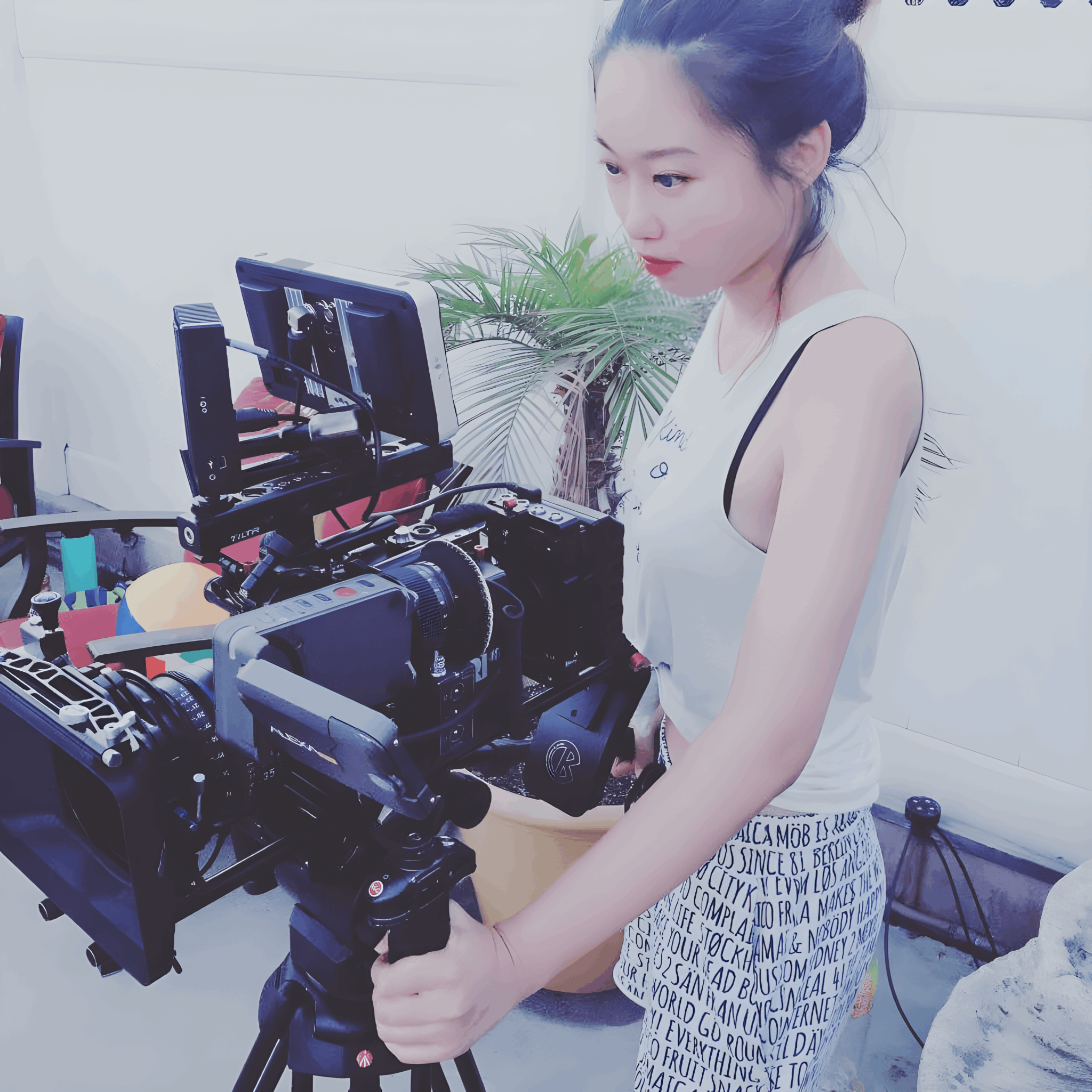
One of the most significant and disruptive trends in the film industry today is the integration of artificial intelligence into the creative and production pipeline. AI is no longer just a tool for efficiency—it’s evolving into a creative language that is reshaping how we tell stories, who gets to tell them, and how those stories connect with audiences. Read more>>
Brynne Magaziner

One of the biggest trends I’m seeing is a move away from traditional, formal Mitzvah parties toward more relaxed and interactive experiences. Families are skipping the plated dinners in favor of food stations, dessert trucks, and anything that gets people up and connecting. At the same time, they’re planning in a more digital, streamlined way by using online invitations, spreadsheets, and tools to stay organized. Read more>>
Par Chadha
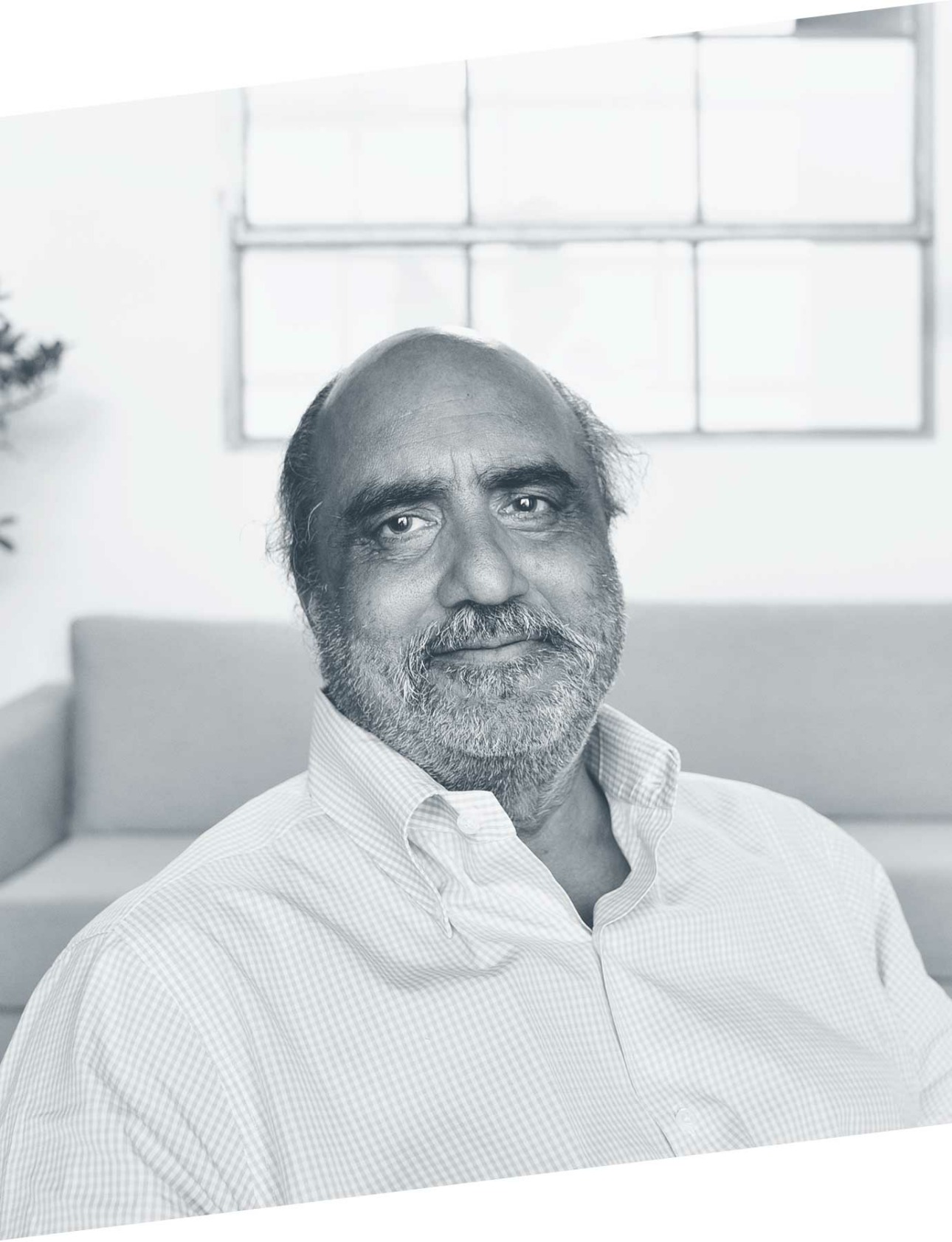
One of the biggest trends I’m seeing is the shift toward cybersecurity as a service. It’s not just about having protection anymore. It’s about compliance and accountability at the highest levels of leadership. Regulators are now forcing companies to disclose cyberattacks publicly and have their executives sign off on findings under penalty of perjury. This has changed the game. It’s no longer enough to say you’re working on it. You need to have defensible systems in place that show you know what’s going on. And the problem is, nobody knows everything. The hackers are playing poker while the companies are forced to lay all their cards on the table. That imbalance creates a real vulnerability. Read more>>
Michele Davis

Great question — one of the biggest trends reshaping the coaching industry (and business in general) right now is the integration of artificial intelligence, or AI. It’s changing how we market, how we deliver coaching, and how we engage with clients. And it has coaches either panicking… or pivoting. Read more>>
Christophe Willm
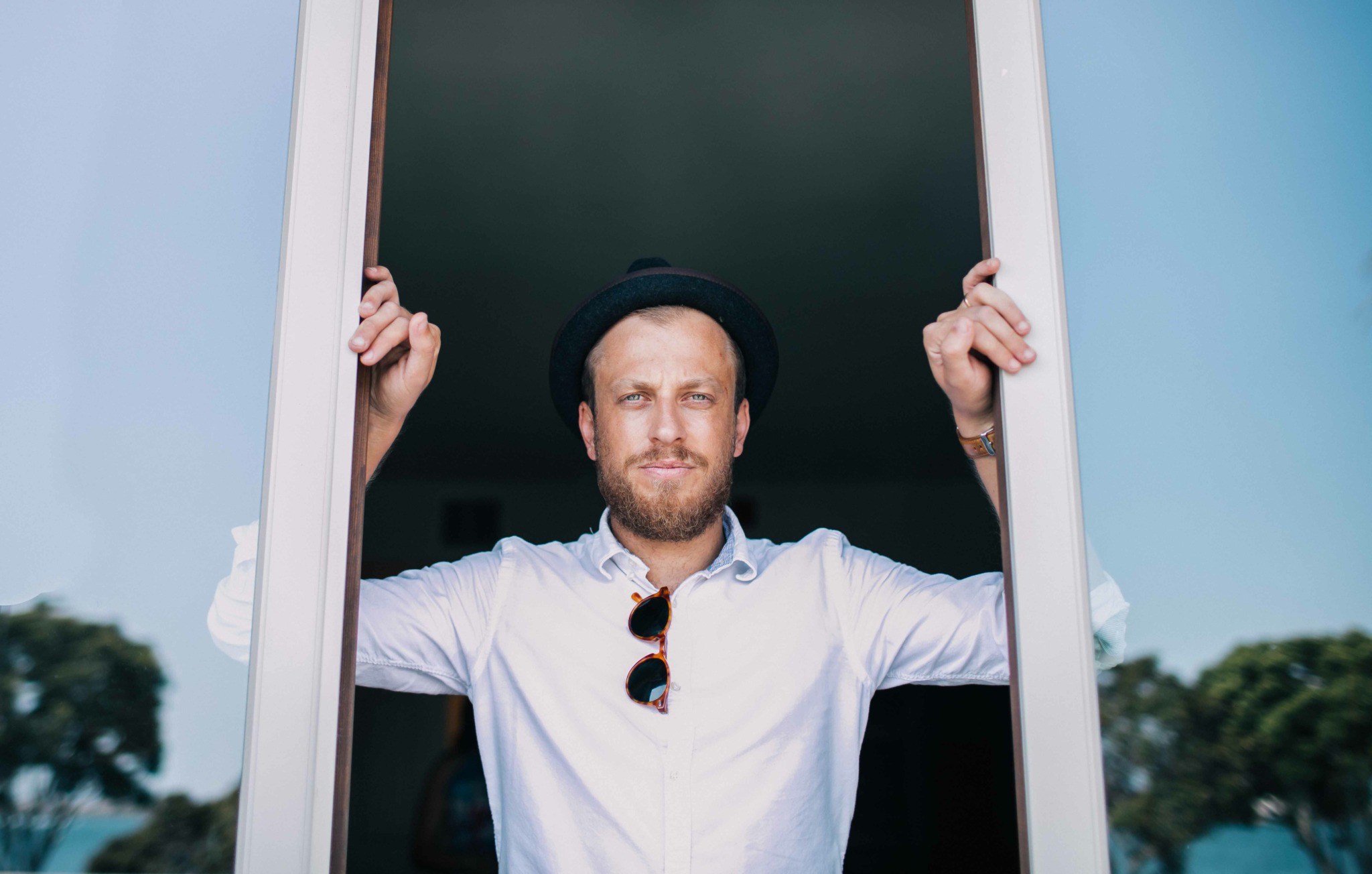
A few months ago, I was hired to photograph a high-end real estate property in Malibu. I showed up with my usual setup: DSLR, lenses, gimbal—the works. But just before I started, the realtor pulled out his iPhone, said “Wait,” and did a quick vertical walk-through for Instagram Stories, narrating the marble countertops like he was on Selling Sunset. That video? It got 50,000 views overnight. My polished edits? Maybe a few dozen likes on the agency’s page. That moment was a wake-up call: the world isn’t just consuming images anymore—they’re consuming experiences. Read more>>
Tim Moore

One of our best known customers is Google, who has been using Clixie AI for 4 1/2 years to increase video learning engagement. One of their biggest challenges has been to make individual videos in as many languages as they can, as a native English speaker cannot just be dubbed over in Japanese and be effective for the learners. This adds a tremendous amount of cost, prohibitively in most cases. The new trend of AI-generated video has changed the landscape, as it is *much* easier, cheaper and faster to modify videos into multiple languages than ever before. Most folks just skip the expensive part and just create quality training videos direct from AI platforms, such as Google Flow, Clixie AI or VEO. Read more>>
Kris Zigich

The “All in one” media jobs. If you’re a freelance photographer, videographer, editor, social media manager or anything related to media you have probably experienced this at some point in your career. When employers expect all of those titles to fit under one job description and not adequately pay for the skills and experience at hand but still expect the highest quality of results. I have applied for these jobs and accepted these jobs only to find an overwhelming amount of work and exhaustion. If I could give advice to people wanting to make it in this industry it is to make yourself as versatile and adaptable as possible. Read more>>
Amrutha Rao

One of the biggest trends I’m seeing in the food blogging world right now is a shift toward plant-based eating, sustainable cooking, and a celebration of diverse culinary cultures. What excites me most is that many of these “trends” aren’t really new ideas. They reflect how so many of us grew up eating at home. Read more>>
Anurag Goyal

One of the most profound trends I’m observing in our industry is the rapid integration of Generative AI, especially Large Language Models (LLMs), and the emergence of AI agents into the design workflow. This isn’t just about incremental automation; it’s a fundamental shift enabling designers to be vastly more efficient, strategic, and ultimately, more impactful. Read more>>
Yukun Bi

The biggest trend and most talked-about one right now is the use of AI. Whether or not it’s the most transformative, it’s certainly commanding the most attention. AI is showing up across every corner of the industry, but in marketing and advertising specifically, it’s already changing the game. For a lot of agencies, the adoption of AI has been both exciting and intimidating. On one hand, it makes design, video editing, copywriting, and many other executional tasks much faster and easier. On the other hand, that speed raises very real concerns, especially in the creative space. People are worried about being replaced. And in some roles, those concerns aren’t unfounded. Read more>>
Irina Burt

Lately, one of the biggest trends we’ve been seeing in the photo booth world is a shift toward video content – especially short, shareable videos like testimonials or fun branded clips. Photos are still great, but more clients are asking for something guests can say, dance, or move in – not just a still photo. Read more>>
Sarah Fraps

Artificial intelligence and its impact on creativity, especially writing and art, has been a huge topic in the last 6 months to a year. As a freelance editor, I work with people’s creative output on a daily basis, helping them to craft strong stories that resonate with readers. Over the last year or so I’ve seen the impact of artificial intelligence play out in different ways within publishing. AI first came on my radar when it started becoming more integrated in editing and grammar software that many writers use to support their revising and self-editing processes. This didn’t concern me at first because the quality of the AI corrections and suggestions were laughable at times. Any worry that editors and proofreaders had that AI would replace them were quickly quelled. Read more>>
Shandra Fleming

One of the biggest, and most complex trends in photography right now is the rise of AI generated imagery and AI assisted editing. It’s transforming the creative landscape in real time, and honestly, it’s a double-edged sword. On one hand, AI tools are making it easier and faster for photographers to retouch, cull, and even enhance images. On the other it’s raising big questions about authenticity, originality, and what it even means to be a creative professional in this industry. Read more>>

